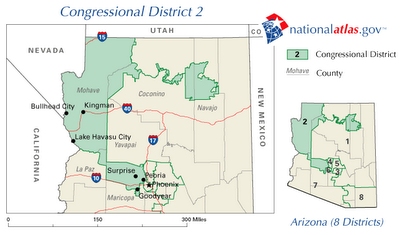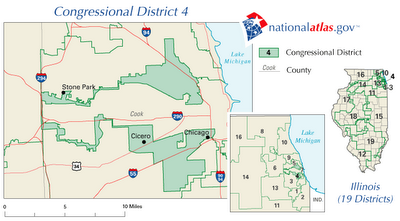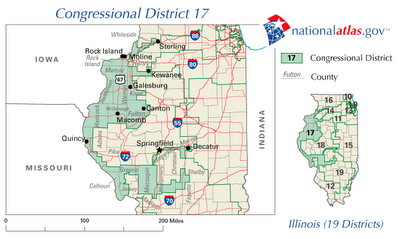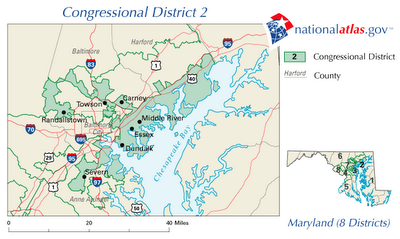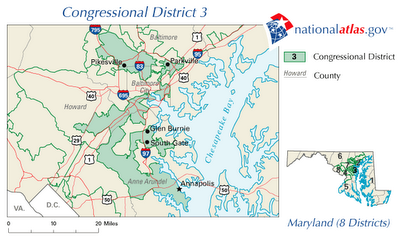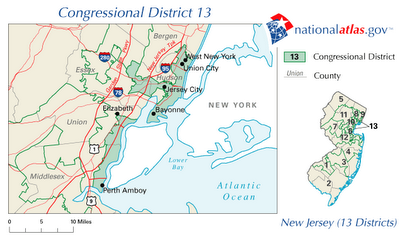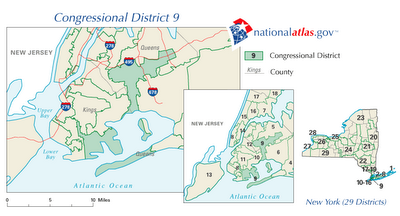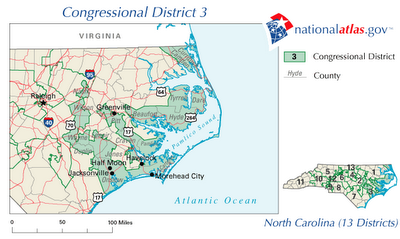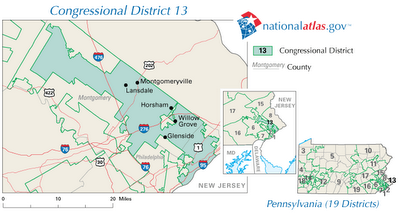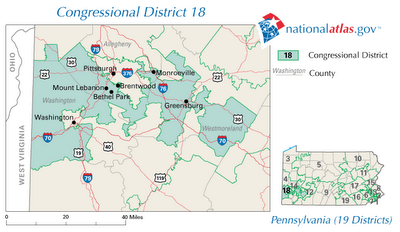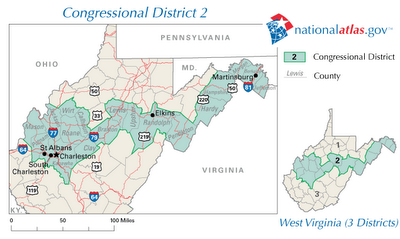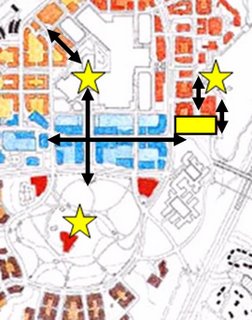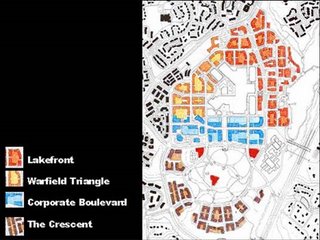Talk of extending Metro north to either Fort Meade or Columbia or both was kicked around pretty intensely last April. In fact Delegate Liz Bobo in the type of forward thinking I wish more of our elected officials would show got the state legislature to have the state study extending Metro to Columbia’s downtown. (I think it was the same type of forward thinking shown by Ken Ulman by proposing comprehensive planning of the redevelopment of downtown Columbia rather than the piecemeal approach that was going on until then.)
Anyway back to extending Metro. The key is to do it right and I think after the last
Focus Group meeting on downtown Columbia that if extending Metro is done right it could be the solution the developers need in order to develop the land in downtown Columbia. What does doing it right entail? Well the key to whether Metro or any mass transit will be successful is ridership density. People will only ride if it moves them between where they are at and where they want to get to. Thus the more stops at desirable departure points and destinations the more people are likely to use the system. As you get further out on a line ridership density will drop off if it is solely a commuter line, thus the case for a commuter line up to Columbia is often scoffed at. Similarly Howard County probably could not support its own stand alone mass transit rail system, however if you create a system that is both a commuter and internal transit system we increase ridership density on the system.
Let me submit a couple items for your consideration before I get to my proposal:
1) Howard County’s current population is over 266,734 people
2) DC’s current population is around 553,523 people
3) When planning a Metro system we should be thinking 30 to 40 years out.
4) Construction on the DC Metro was started in 1969. Thus it went from nothing to its current form in 36 years. (It is worth the reminder that during roughly this same time Columbia went from 14,000 acres of farmland to a city of about 100,000.)
5) Located between Baltimore and DC and next to Ft. Meade (which due to BRAC is likely to grow substantially) Howard County will face significant population growth pressures that we must manage. Personally I would not be surprised if Howard County’s population doubles in 40 years and this creates a huge challenge. How do we absorb this population in a way that 1) preserves the quality of life we have in Howard County, 2) stays true to the Howard County values of mixed income housing, preservation of greenspace, and planning before we build so we have the infrastructure to meet the community’s needs
Through the creation of Columbia, Howard County has a tradition of being a cutting edge pioneer of community planning and as we address extending Metro I suggest we again think outside the box and propose a new way of looking at extending a mass transit system. Instead of thinking of Metro extensions as a commuter line we should recognize that we can increase ridership density – and thus Metro’s viability – by designing it for both local and commuter traffic. This will also help relieve the road network problems that will be created by the increases in the county’s population.
Let us not nickel and dime the design of Metro’s extension into costing us more. I know many people will look at this system and say that it is going to be very expensive to build this system with more than a handful of park and drive Metro stops. However, the more stops that will take people from where they are to where they want to go, then the more riders the system will have and the more likely it will be able to recoup costs. If we short change the system, then we risk costing the public more by creating a system that has less ridership and fails to draw enough people off the roads in order to significantly mitigate congestion and road construction costs. This more extensive system I am proposing can mitigate some of the need for additional roads or the widening of existing roads in all parts of our community, while a more limited Metro extension would only relieve congestion on highways, but still require people to drive to park and ride Metro stops.
Let’s look at the plan:
The idea is to extent the Yellow Line (which currently ends at Mt. Vernon Square) up to Greenbelt on the same route as the Green Line and then extend both the Yellow and Green Lines two stops north to the I-95/Route 212 Intersection in Calverton via a stop on Route 1 under the Department of Agriculture Library. From Calverton the Green Line and the Yellow Line would split with the Green Line going up the I-95 Corridor and the Yellow Line going up the Route 29 Corridor. Then both lines would weave together in Columbia. Stops would be at each of the village centers, major employment areas like the Applied Physics Lab and Gateway Office Park, and major community locations like Merriweather, the Mall, HCC, and Howard County Hospital. In Howard County a Circle Line will be used to complete the system so that a large segment of the population in the dense eastern part of the county can be within walk distance of a station and all major destinations get stops. In some of these stops the station can be designed to have two or more different exits to serve different needs. For example the Calverton stop could be designed to have exits at both the shopping center and movie theater there as well as a massive parking garage located where the current movie theater parking lot is.
Many of the Metro stops will have to be underground because stops increase property values, but rail lines decrease property values.
Finally, before we get to the maps remember that DC Metro didn’t exist 36 years ago and the plan being looked developed for downtown Columbia is for a 30 year plan.
Here is the zoomed out map of the plan:

Here is the zoomed in map of the Circle Line:

Here is a zoomed in map of the downtown Columbia portion:

Most of these stops are relatively self-explanatory, but a couple that aren’t are:
Reservoir Heights: This would be located at the driving range and put-put golf course on Route 29 just north of the Reservoir. This stop would likely be designed to be both a park and ride stop and to serve the residential development and entertainment activities in the area.
Running Brook/Vantage Point: This would be at the intersection of these roads and Little Patuxent Parkway with exits on either side of Little Patuxent Parkway and can be designed to allow a free pedestrian underpass under Little Patuxent Parkway that if designed right can be designed to create continuous eyes in the underpass to discourage any problems. This stop could also have an elevator exit next to Vantage House to ease its resident’s access to the Metro.
Medical Center: This is the name I am using for the former location at the Columbia Medical Plan building. This sight could also be designed to serve the neighboring residential area.
Howard County Government: This would be at the George Howard Building complex.
As a whole I think it will be very important to involve the local communities with the design of each stop.
Now there are several aspect of these plans that may need to be revised as we move forward. First and most obviously, a way to connect Ft. Meade and BWI to the plan needs to be developed. I am still looking at my maps to determine how best to do this, but with Baltimore Lightrail already going to BWI my current thought is to extend the Lightrail to Ft. Meade and then to Elkhorn (i.e. the Route 32/ Brokenland Parkway Park and Ride) and make Elkhorn the main transit hub connecting the Baltimore Lightrail and DC Metro. Second, the plans will have to adapt over time as the Metro is expanded out and the major population concentrations in the area evolve. Third, changes can be made to specific station locations through conversations with the community as each stage of the Metro extensions are designed. One example of a change I can think of is there might be a local interest in Ellicott City to extent the northern edge of the Yellow Line to Route 40 in the area of Normandy Shopping Center and maybe have Baltimore Lightrail (or the Proposed Baltimore Red Line that is under consideration in Baltimore) connecting with the Yellow Line at the Normandy station and with the Green Line at the Mt. Hebron Station.
What do you think?



